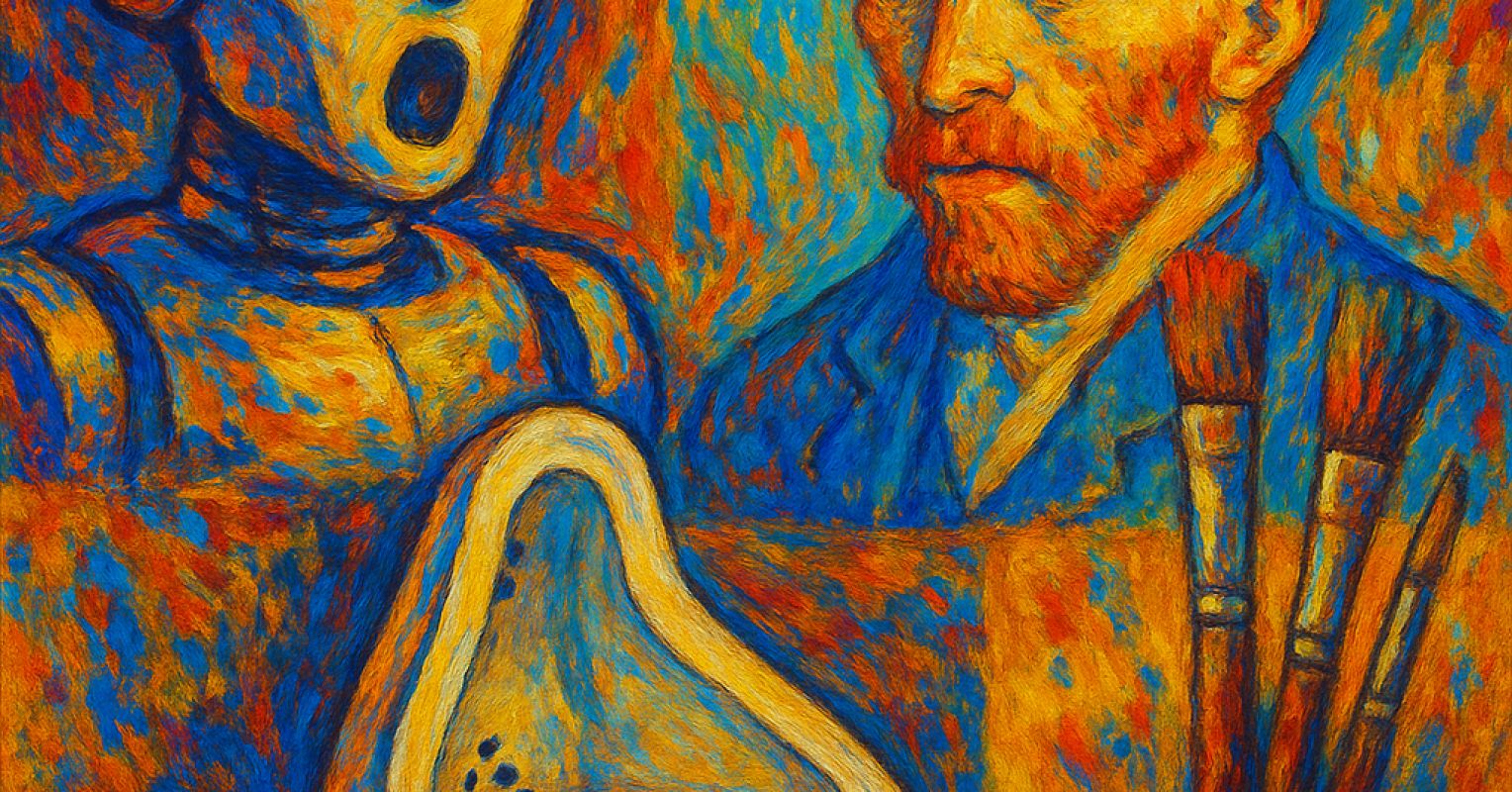
"To answer this question, we must look back at what art was and meant during the rise of Modernism in the early 20th century. This era was replete with scientific discoveries and technological miracles. At that time, the world was drinking from a firehose of innovations: electricity, the combustion engine, the incandescent light bulb, the automobile, the airplane, radio, X-rays; the world was changing so quickly that artists had to re-define art continuously just to keep up."
"How could those who considered themselves to be artists still make a living in an age where anyone could buy a camera? Even though portraiture was a significant driver for the early adoption of cameras, portrait painting actually experienced an upswing after the invention of photography. This was because there was a cost reduction that led to a broadening of interest in portraiture, that increased the overall market."
Generative AI now produces images and videos that rival many human artists, prompting a re-evaluation of artistic identity and purpose. Historical precedents show that major technological breakthroughs, such as the daguerreotype and widespread innovations during Modernism, compelled artists to redefine art. The invention of photography expanded the portrait market and coincided with an upswing in portrait painting, demonstrating that new technologies can enlarge artistic markets rather than eliminate them. Challenges to art have repeatedly prompted deconstruction and reinvention. Art remains intrinsic to humanity, and AI can function as an irritant that catalyzes new artistic movements and practices.
Read at Psychology Today
Unable to calculate read time
Collection
[
|
...
]